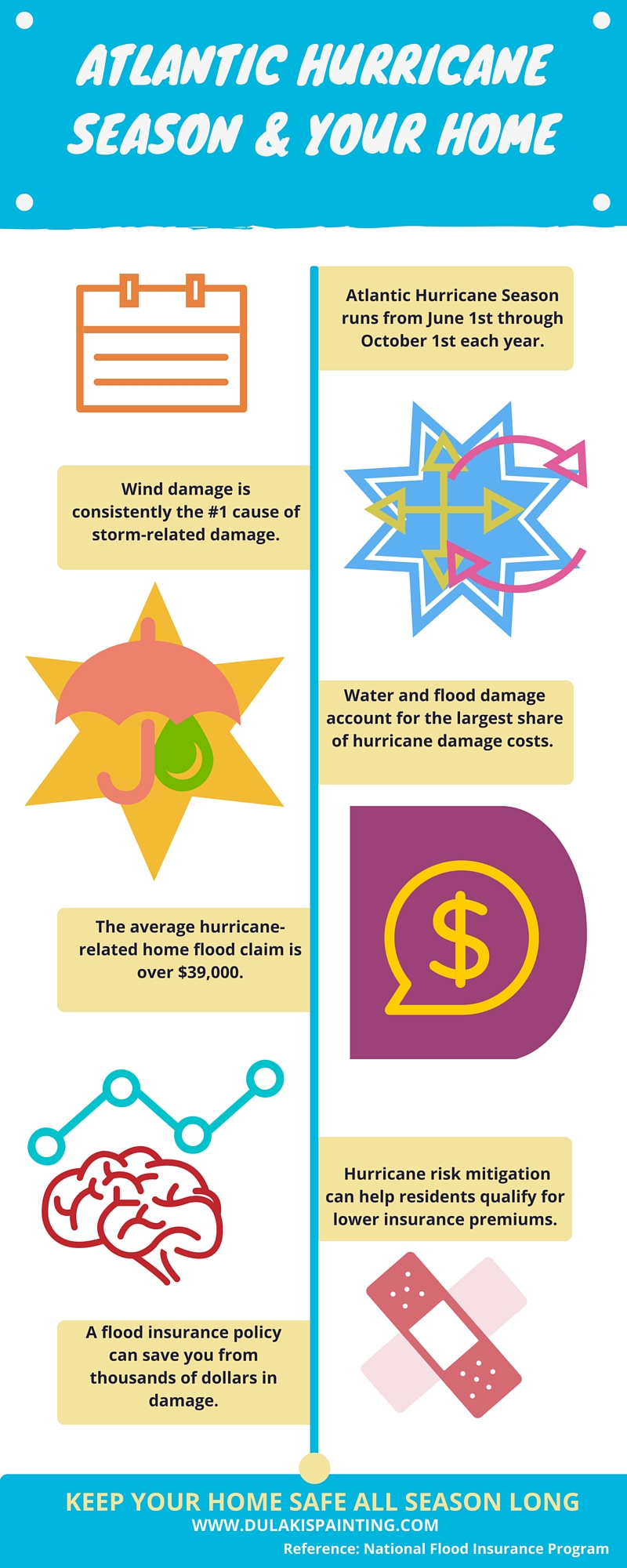Factors To Take Into Consideration For Industrial Outside Paint By Season: Essential Details You Need To Have
Factors To Take Into Consideration For Industrial Outside Paint By Season: Essential Details You Need To Have
Blog Article
Composed By-Regan Bagger
When you're planning a business external paint project, seasonal aspects can make or break your outcomes. You'll want to consider just how temperature level and moisture impact paint application and drying times. Picking the appropriate season can guarantee your paint adheres appropriately and lasts longer. But which seasons are really the most effective for this kind of job? Let's check out the key elements that can affect your job's success.
The Effect of Temperature on Paint Application
When you're preparing an industrial external painting job, the temperature can significantly affect how well the paint sticks and dries out.
Ideally, you intend to paint when temperature levels range in between 50 ° F and 85 ° F. If visit the next internet site 's also cool, the paint might not cure correctly, causing problems like peeling or breaking.
On the other side, if it's as well warm, the paint can dry out also promptly, avoiding appropriate bond and resulting in an uneven coating.
You need to also think about the moment of day; early morning or late afternoon uses cooler temperature levels, which can be a lot more positive.
Always check the maker's recommendations for the certain paint you're using, as they often provide advice on the optimal temperature level variety for optimal results.
Humidity and Its Impact on Drying Times
Temperature level isn't the only environmental variable that influences your industrial external painting task; moisture plays a substantial duty too. High moisture levels can reduce drying times substantially, influencing the general high quality of your paint task.
When the air is saturated with wetness, the paint takes longer to treat, which can lead to issues like bad bond and a higher danger of mildew growth. If you're painting on a specifically damp day, be prepared for extensive wait times between layers.
It's important to monitor local climate condition and plan as necessary. Preferably, go for humidity degrees between 40% and 70% for optimal drying out.
Maintaining these factors in mind guarantees your job remains on track and delivers a lasting surface.
Best Seasons for Commercial Exterior Paint Projects
What's the best season for your commercial outside painting jobs?
Spring and very early loss are usually your best options. Throughout these periods, temperatures are mild, and moisture levels are usually reduced, creating excellent problems for paint application and drying out.
https://spenceryqrdp.blogoxo.com/34489236/hire-specialist-residence-painters-to-enhance-your-home-s-curb-charm-and-find-the-amazing-outcomes-that-will-leave-you-desiring-more , which can create paint to dry too promptly, resulting in poor attachment and finish. In a similar way, winter's cool temperatures can prevent proper drying out and treating, running the risk of the longevity of your paint task.
Go for days with temperature levels in between 50 ° F and 85 ° F for ideal outcomes. Remember to inspect the local weather forecast for rain, as wet problems can spoil your job.
Preparation around these variables ensures your painting job runs efficiently and lasts longer.
Conclusion
Finally, intending your industrial exterior paint tasks around seasonal considerations can make a significant difference in the result. By scheduling work during the perfect temperature levels and moisture degrees, you'll make sure better attachment and drying out times. Keep in mind to watch on neighborhood weather report and choose the correct time of year-- spring and early autumn are your best bets. Taking these actions will certainly assist you accomplish a sturdy and expert surface that lasts.
